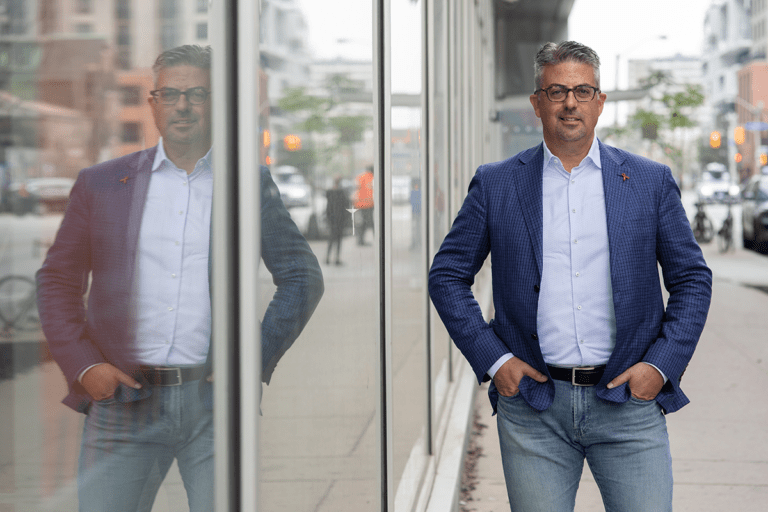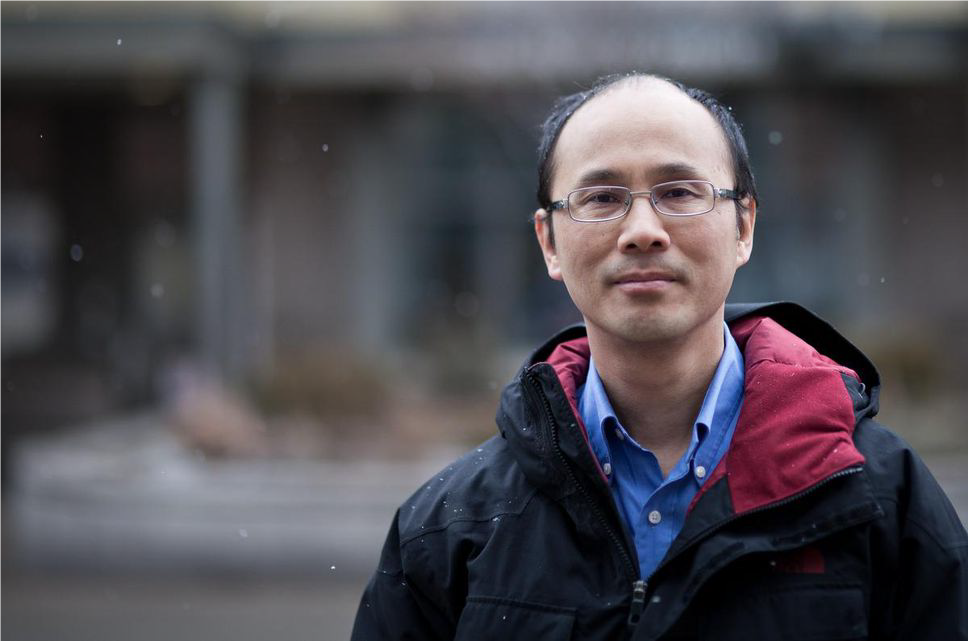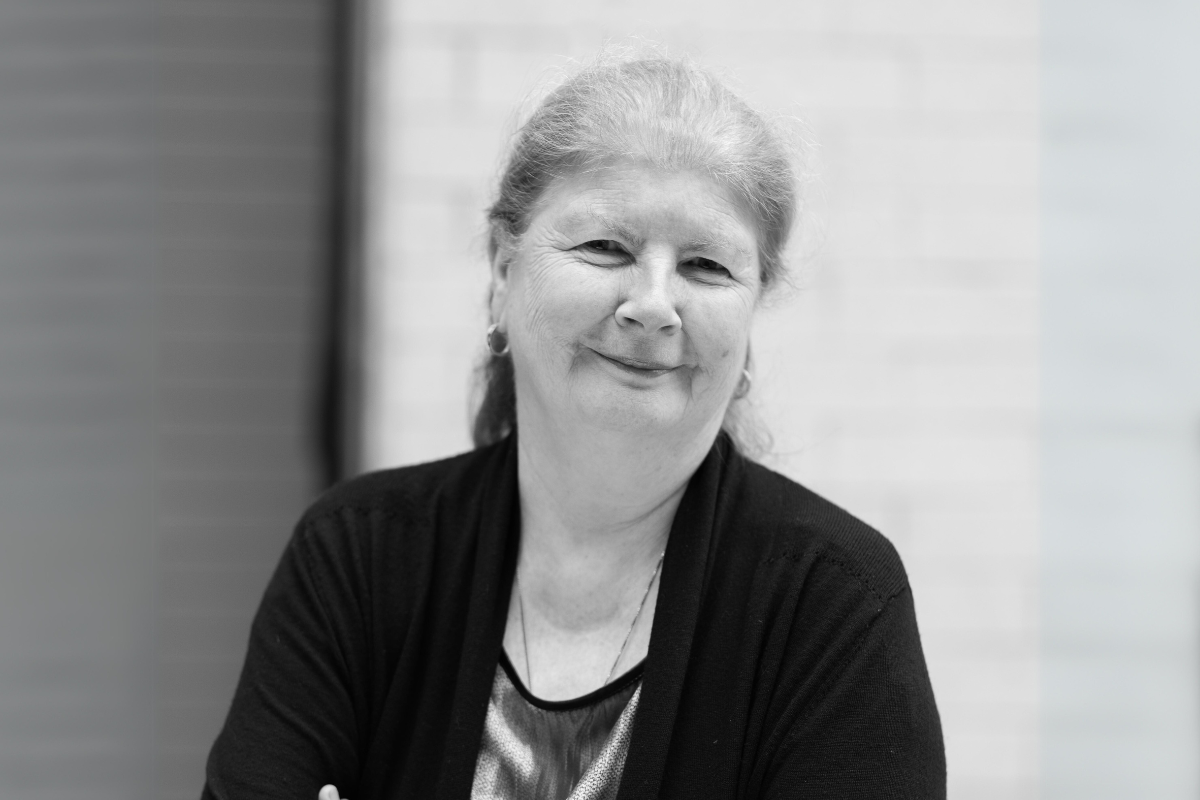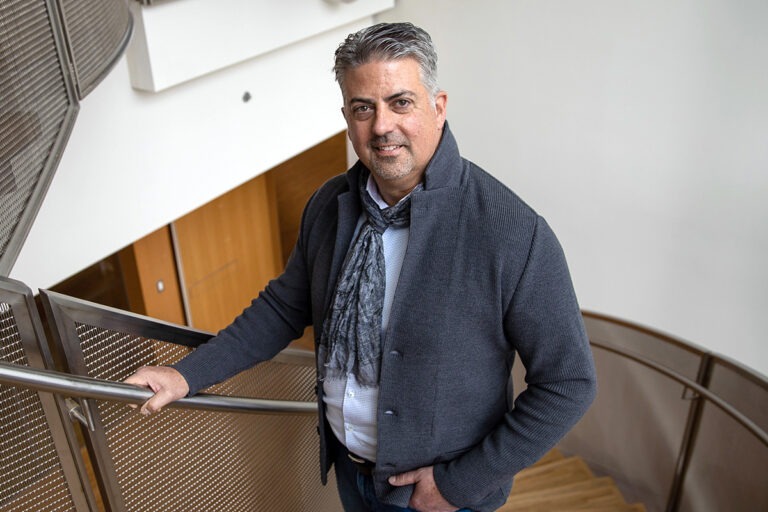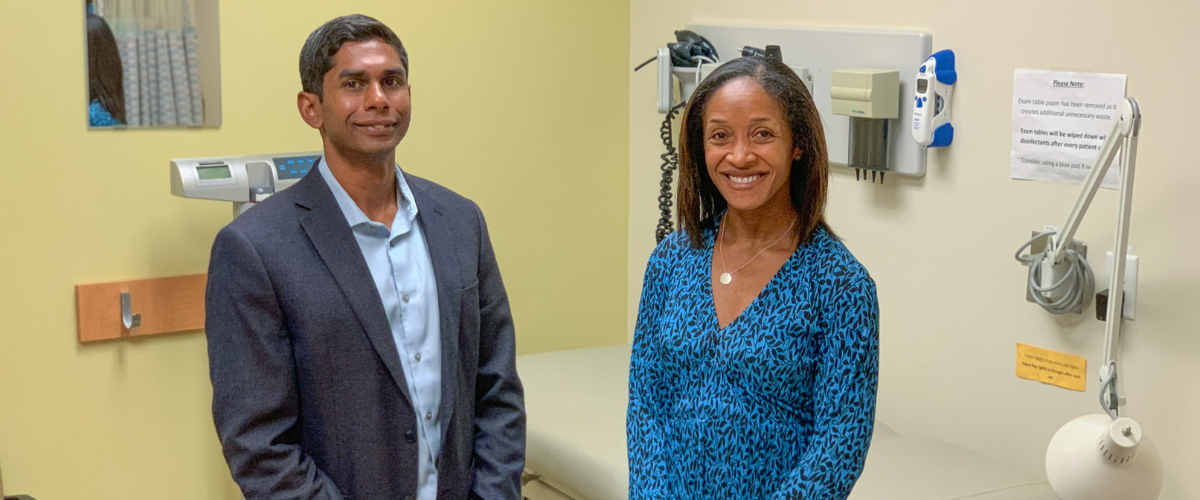Dr. Sean Rourke spoke with the Ottawa Citizen about the launch of Ontario’s first Healthbox, a machine which dispenses harm reduction supplies amongst other necessities. It will be placed at the Carlington Community Health Centre.
Author: Samira Prasad
Winter’s coming. Why Toronto needs to do more to help its homeless residents
MAP’s report on cold-related injury amongst those experiencing homelessness was referenced in the Toronto Star‘s coverage on Toronto’s Winter Services Plan.
“Four warming centres with 170 spaces will open when the temperature dips below -5C. That’s an improvement from last year when the centres weren’t available unless the temperature fell below -15C. It suggests the city is paying heed to the medical evidence — since Toronto’s MAP Centre for Urban Health Solutions found that 72 per cent of hypothermia cases occur when the temperature is above -15C.”
Opioid overdoses among homeless people rose dramatically: Ontario study
A growing proportion of people experiencing homelessness are dying from opioid overdoses, according to a new study led by Drs. Tara Gomes & Stephen Hwang. Dr. Hwang recently spoke to The Canadian Press about their findings.
Ford Government looks to launch a new registry to improve provincial efforts to reduce work related diseases
The Queen’s Park Briefing looks at the Ontario government’s plans to have an occupational exposure registry in place by 2025 to track workers’ exposure to disease-causing elements at work. This follows a MAP report by Dr. Linn Holness and Janet Brown on the current occupational disease landscape in the province.
Increasing Syphilis Rates Are a ‘Health Emergency’ for Canada
Dr. Sean Rourke spoke with Medscape News about the concerning rise in syphilis cases in Canada, and ways in which we can reduce the spread. Since 2017, the rate of infectious syphilis increased by 166% overall nationwide, according to the Public Health Agency of Canada (PHAC).
Ontario Strengthening Occupational Illness Protections
News release from the Ontario Labour, Immigration, Training and Skills Development Newsroom
The Ontario government is protecting and supporting workers by committing to create Canada’s first-ever Occupational Exposure Registry to track harmful exposure levels, help diagnose workplace diseases faster, improve worker compensation, and reduce costs to the healthcare system. The registry will help address many of the 41 recommendations resulting from the province’s first-ever review of the occupational illness landscape, released in a report today.
“While Ontario has one of the strongest health and safety records of any jurisdiction anywhere, too many workers are falling through the cracks when it comes to occupational illness,” said David Piccini, Minister of Labour, Immigration, Training and Skills Development. “Under the leadership of Premier Ford, our government will leave no stone unturned to ensure we have the best science and data needed to protect workers and make room for everyone’s voice at the table as we build a stronger system that works for everyone.”
Many workplace illnesses currently go undiagnosed or unreported because of the delay between exposure and symptoms, making it difficult to identify occupational disease risks and for workers to get financial support when they fall ill. The new registry would include comprehensive exposure records, identify at-risk workers, help with earlier diagnoses, and potentially contribute to expanding the list of presumptive illnesses in Ontario to improve worker compensation.
“Through our government’s Your Health plan, we are building a healthcare system that better provides Ontarians with the right care, in the right place,” said Sylvia Jones, Deputy Premier and Minister of Health. “With this innovative, first-of-its-kind Occupational Exposure Registry, our government is making it easier for workers across the province to connect to the care and support they need, when they need it.”
In addition, Ontario is creating an Occupational Illness Leadership Table made up of industry experts and worker advocates to guide the implementation of the report’s recommendations. The table will include some of the province’s foremost medical voices along with representatives from workplace health and safety groups to ensure the province keeps pace with advancements in medical science and technology and delivers for workers.
To build the Occupational Exposure Registry, which is expected in 2025, the Ministry of Labour, Immigration, Training and Skills Development is working with the Occupational Cancer Research Centre (OCRC) to collect and analyze data from existing Ministry industrial hygiene records. The Ministry and OCRC are also working with healthcare providers and industry associations to gather new data and catalogue past and current occupational exposures across Ontario’s hundreds of thousands of workplaces.
“The Ontario Federation of Labour (OFL) has long advocated for greatly increased recognition of occupational diseases by Ontario’s workers’ compensation system,” said Patty Coates, OFL President. “A government commissioned study by Dr. Paul Demers recently found that less than 10 per cent of Ontarians with occupational cancers ever get compensated. The OFL welcomes the government proposal to establish an occupational disease registry as a first step towards moving on other key recommendations in the Demers report, such as increasing the number of cancers recognized for workers’ compensation.”
The Occupational Disease Landscape Review report was authored by Dr. Linn Holness and Janet Brown of the MAP Centre for Urban Health Solutions at St. Michael’s Hospital in Toronto, a site of Unity Health Toronto, and an internationally recognized research organization. The 58-page report includes recommendations on workplace prevention and monitoring of occupational disease, healthcare delivery and ways to strengthen connections within the system.
In addition to the Registry, work is underway to deliver on the report’s recommendations, including the development of a web-based Silica Control Tool that will assist in detecting and monitoring workplace silica exposure in the construction and mining industries.
New approaches like self-testing at home can save lives and promote health equity
Drs. Nav Persaud and Aisha Lofters‘s latest op-ed in The Conversation looks at making preventative health care equitable and accessible in Canada. “Focusing on the needs of those who are treated unfairly could ultimately lead to improvements for everyone,” says Dr. Persaud.
Ontario launching new plan to track job-related illnesses
Following a review done last year by Dr. Linn Holness and team, Ontario is launching a new plan to track job-related illnesses. CBC highlights some of the report’s key recommendations.
Welcoming MAP’s new scientists & investigators: 2023
MAP has welcomed several new scientists and investigators this year, read more about them below. You can browse all of our scientists here.

Dr. Mikaela D. Gabriel (Italian & Mi’kmaq of Ktaqmkuk; she/her) is a clinical and counselling psychologist (in supervision) and researcher exploring Indigenous health and wellbeing, urban cultural connection, and housing transitions for Indigenous Peoples in Canada. Read her full bio here.

Dr. Benita Hosseini (she/her) is a researcher working on identifying effective and affordable treatments for COVID-19 so they can be more accessible and available in community settings. Read her full bio here.
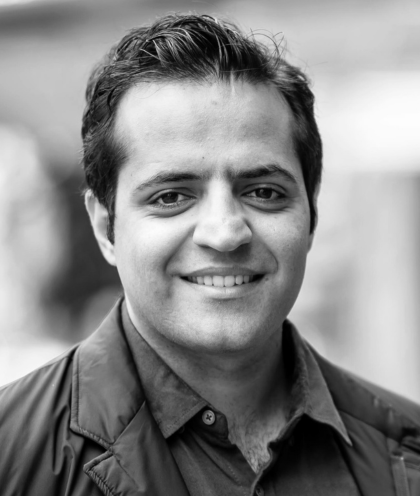
Dr. Mohammad Karamouzian (he/him) is an infectious disease epidemiologist who is passionate about global equity in health and social justice. Read his full bio here.

Dr. Aaron Orkin (he/him), both a physician and researcher, explores the intersection between public health and clinical medicine. Read his full bio here.

Dr. Saadia Sediqzadah (she/her) is a practicing psychiatrist whose work is rooted in social justice and advocacy. Her research focuses on the intersection of health economics, decision science and severe and persistent mental illnesses. Read her full bio here.
MAP also welcomes Dr. Ambreen Sayani as an affiliate scientist, you can read her bio here.
Upwardly mobile: Six of Canada’s Top Growing Companies on how they keep on expanding
Dr. Kamran Khan’s company BlueDot was featured in The Globe and Mail’s recent article about Canada’s top growing companies. BlueDot tracks and forecasts outbreaks of infectious disease using a combination of data analytics and human intelligence. It is a a subscription-based product with clients across the public and private sectors, from governments to airlines to pharmaceutical makers.

